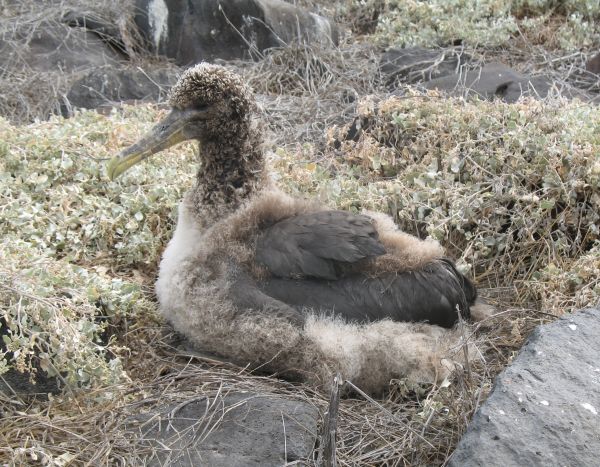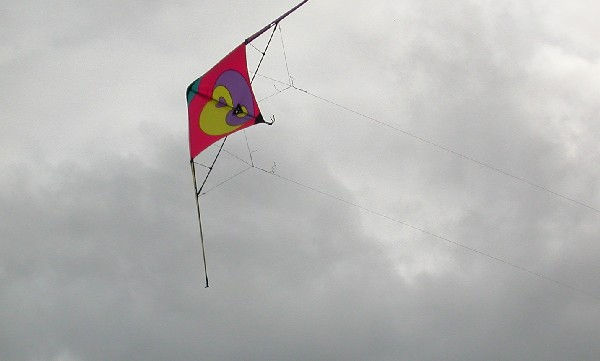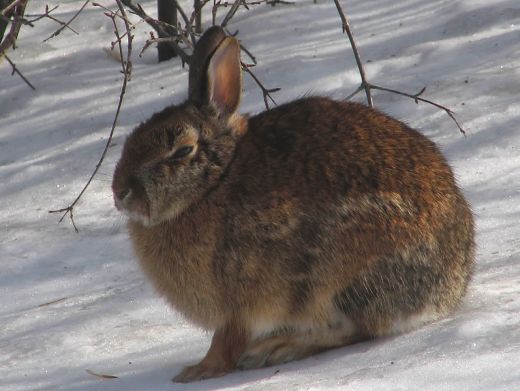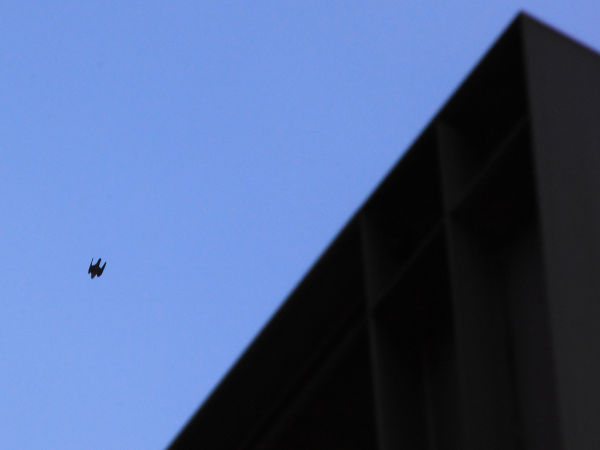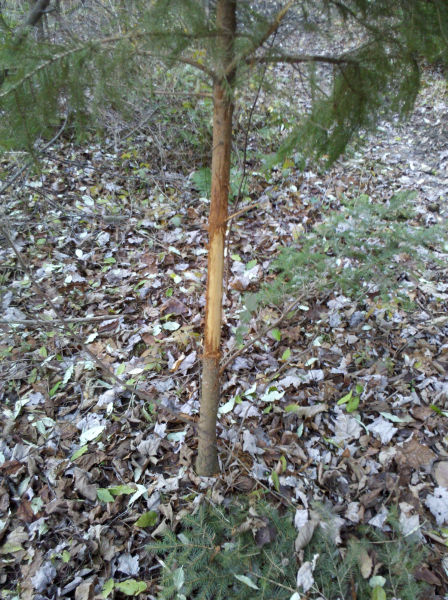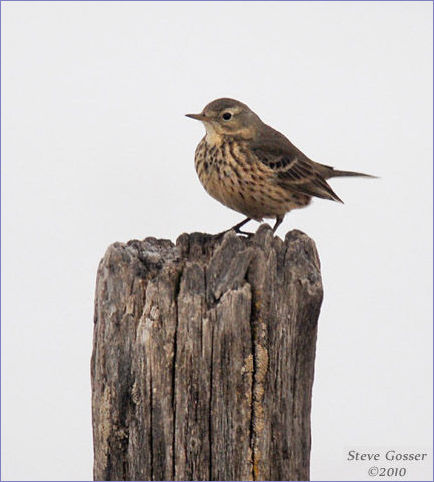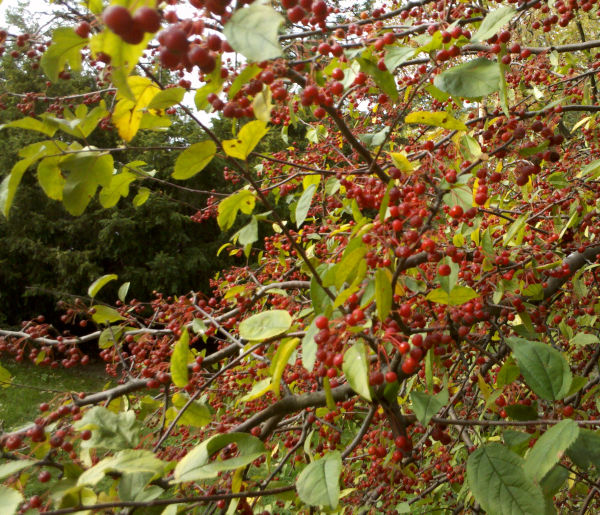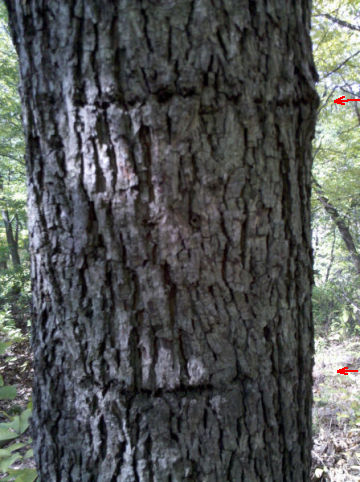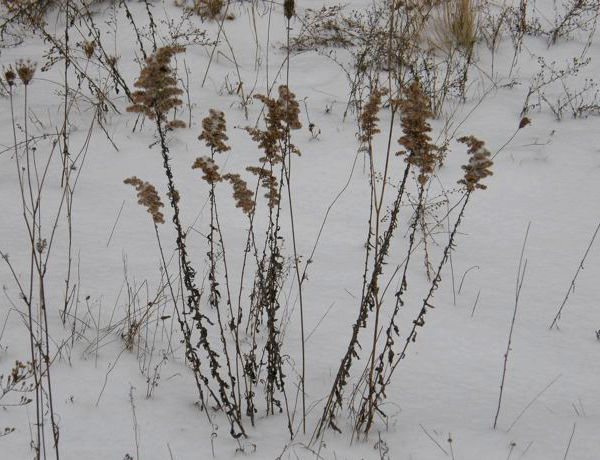
If you recognize this flower in August it also looks familiar at this time of year.
Tall or Canada Goldenrod is a native perennial that maintains its shape, even in winter. It still stands two to six feet tall, it still carries alternate leaves on a rough stem and it still holds up a plume-like spire where the flowers used to be. The spire was a dense cluster of golden flowers in August. Now it’s a dense cluster of seeds.
You’ll find goldenrod in open areas, often in large patches because the rhizomes (roots) spread underground.
Goldenrod species are notoriously difficult to identify. I listed two names for this plant because I’m not sure which one it is. It might be Tall Goldenrod, maybe Canada Goldenrod, maybe something else. It doesn’t matter. My excuse is that the plant isn’t in good condition.
And here’s a Quiz: Can you identify the tall plant on the left edge of this photo? I discussed it in an earlier Winter Weeds blog. Remember?
p.s. Today is Groundhog Day. Check here for news from Punxsutawney Phil. Rumor has it he did not see his shadow so Spring is near.
(photo by Marcy Cunkelman)
